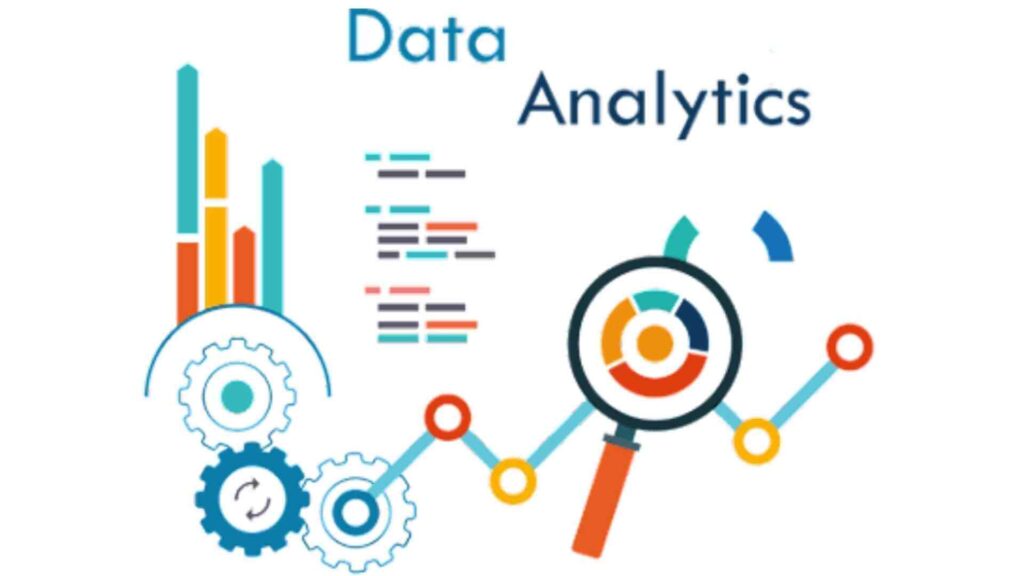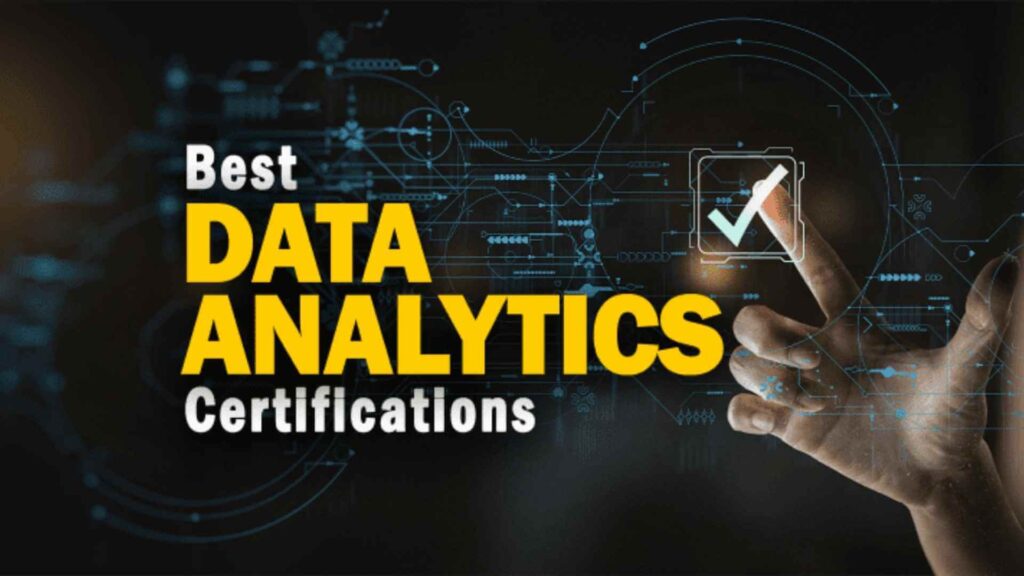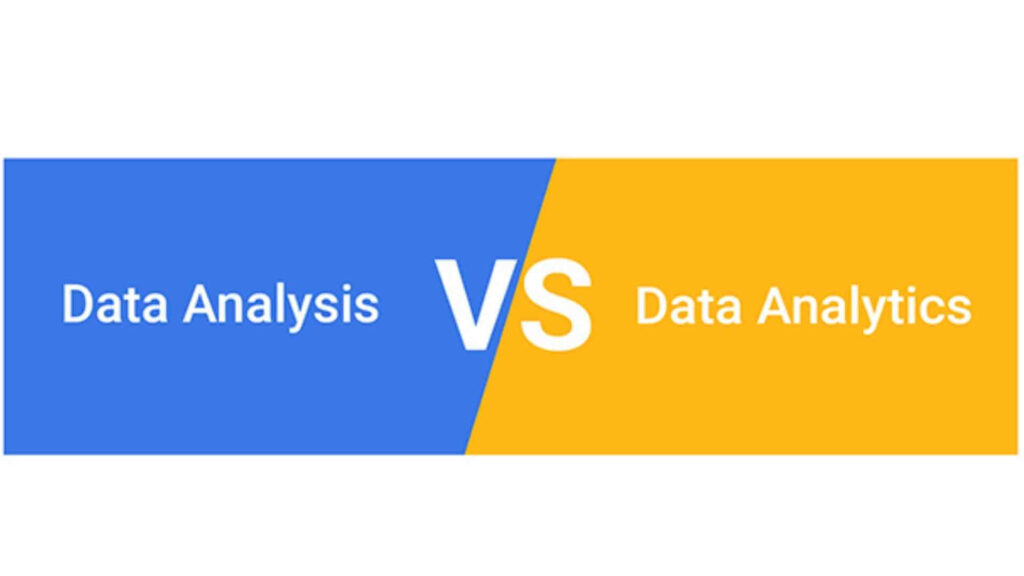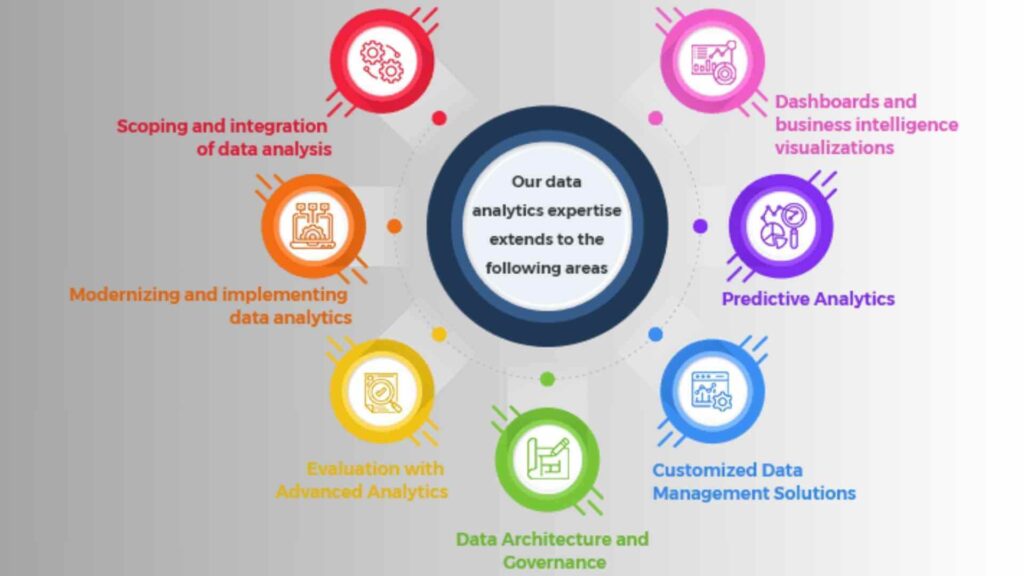Introduction to Data Analytics
Data analytics refers to the process of examining, cleaning, transforming, and interpreting data to discover useful information, reach conclusions, and support decision-making. It is a critical tool used across various industries to enhance business operations, predict future trends, and improve overall decision-making processes. In the digital age, where vast amounts of data are generated every day, data analytics plays a significant role in shaping strategies, policies, and competitive advantage. This field can be divided into different types and techniques that cater to specific needs and objectives.
1. Types of Data Analytics
There are four main types of data analytics: descriptive, diagnostic, predictive, and prescriptive. Each type serves a different purpose and is used at different stages of the data analysis process.
Descriptive Analytics:
- Descriptive analytics answers the question, “What happened?” It focuses on summarizing historical data to understand changes and trends. It provides insight into past performance and helps organizations understand what has occurred within a given time frame.
- Example: Analyzing last quarter’s sales data to determine how much revenue was generated and which products performed the best.
Diagnostic Analytics:
- Diagnostic analytics answers the question, “Why did it happen?” It focuses on identifying the causes of past outcomes. This type of analytics helps businesses understand the reasons behind trends or patterns.
- Example: Investigating a sudden drop in sales to determine whether it was due to market factors, product issues, or customer behavior.
Predictive Analytics:
- Predictive analytics looks at the question, “What is likely to happen in the future?” It uses historical data, statistical algorithms, and machine learning techniques to predict future trends and outcomes. This helps organizations anticipate future events and prepare accordingly.
- Example: Using customer behavior data to predict future buying patterns or forecasting sales for the next quarter based on past data.
Prescriptive Analytics:
- Prescriptive analytics answers the question, “What should we do about it?” It uses advanced algorithms and optimization techniques to recommend actions that can influence future outcomes. This type of analysis helps businesses make better decisions by suggesting the best course of action.
- Example: Recommending marketing strategies or inventory adjustments to maximize profits based on predictive models.
2. Data Analytics Process
The data analytics process involves several stages, which work together to extract meaningful insights from raw data. These stages include:
Data Collection:
- The first step in the analytics process is gathering the data from various sources. This can include internal databases, social media, surveys, and third-party data providers. The data collected must be relevant to the problem being addressed and should be of high quality to ensure the accuracy of analysis.
Data Cleaning:
- Raw data is often messy, incomplete, or inconsistent. Data cleaning is the process of handling missing values, correcting errors, and ensuring that the data is accurate and standardized. This step is essential for obtaining reliable and usable results.
Data Transformation:
- Data transformation involves converting data into a format that is suitable for analysis. This may involve aggregating, normalizing, or scaling the data, as well as transforming it into a structured form that can be easily analyzed.
Data Analysis:
- Once the data is cleaned and transformed, the analysis can begin. This stage involves applying statistical methods, machine learning models, or other analytical techniques to uncover patterns, correlations, and insights.
Interpretation and Visualization:
- After analyzing the data, the next step is to interpret the results. Data visualization tools, such as graphs, charts, and dashboards, are often used to present the findings in a clear and understandable format. This helps stakeholders make informed decisions based on the insights derived from the data.
Decision-Making:
- The final stage is applying the insights gained from the data to make decisions. Whether it’s setting business strategies, improving processes, or launching new products, data analytics supports informed decision-making that drives business growth.
3. Tools and Techniques in Data Analytics
Data analytics relies on a range of tools and techniques, from basic statistical methods to complex machine learning algorithms. Some of the most popular tools used in data analytics include:
Excel:
- Microsoft Excel is one of the most widely used tools for data analysis. It offers built-in functions for data manipulation, analysis, and visualization, making it ideal for beginners or small-scale analysis.
SQL (Structured Query Language):
- SQL is a programming language used to interact with databases. It allows users to query, modify, and manage large datasets, making it essential for data analysts working with relational databases.
R and Python:
- R and Python are two of the most popular programming languages used in data analytics. They provide a wide array of libraries and packages for statistical analysis, data manipulation, and machine learning, allowing analysts to perform complex analysis and build predictive models.
Tableau and Power BI:
- Both Tableau and Power BI are powerful data visualization tools that help businesses create interactive and visually appealing dashboards. They enable users to explore data, uncover trends, and communicate insights effectively.
SAS and SPSS:
- These are advanced statistical software tools commonly used by data analysts and researchers for performing in-depth statistical analysis. They provide tools for regression analysis, hypothesis testing, and other advanced statistical techniques.
Machine Learning Algorithms:
- Machine learning (ML) plays a significant role in data analytics, especially for predictive and prescriptive analytics. Popular ML algorithms, such as decision trees, random forests, and neural networks, can be used to detect patterns, make predictions, and generate actionable insights.
4. Applications of Data Analytics
Data analytics has a wide range of applications across different industries. Some of the most common fields where data analytics is applied include:
Business:
- In business, data analytics is used to improve operations, identify market trends, optimize marketing campaigns, forecast demand, and enhance customer satisfaction. It enables companies to make data-driven decisions that lead to increased efficiency and profitability.
Healthcare:
- In healthcare, data analytics is used to improve patient outcomes, streamline operations, and predict disease trends. By analyzing patient data, hospitals and healthcare providers can identify patterns that lead to better treatment plans, improved diagnosis, and personalized care.
Finance:
- In finance, data analytics is used to analyze market trends, assess risk, detect fraud, and improve investment strategies. Financial institutions use predictive models to forecast stock prices, customer behavior, and market conditions.
Sports:
- In sports, data analytics is used to assess player performance, develop strategies, and optimize team dynamics. Teams use data to analyze player statistics, injury reports, and opponent strategies to improve their chances of winning.
Government:
- Governments use data analytics to improve public policy, optimize resource allocation, and enhance decision-making. Data from public health, transportation, and economic activity are analyzed to design better policies and services for citizens.
5. Challenges in Data Analytics
Despite its advantages, data analytics can come with challenges that need to be addressed:
Data Quality:
- Poor quality data, such as incomplete or inaccurate data, can lead to incorrect insights and decisions. Ensuring data accuracy, consistency, and reliability is essential for successful analysis.
Data Privacy:
- With growing concerns about data privacy and protection, organizations must ensure that they handle sensitive data responsibly and comply with data protection regulations like GDPR.
Data Overload:
- The sheer volume of data available today can be overwhelming. Extracting meaningful insights from massive datasets requires advanced techniques and tools, and can be challenging without the right resources.
Conclusion
Data analytics is a powerful tool that enables organizations to gain insights, make informed decisions, and drive business success. From controlling data quality to utilizing machine learning for predictive analysis, data analytics encompasses a wide range of techniques and tools that allow businesses, governments, and industries to harness the value of data. As data continues to grow in importance, mastering data analytics will be essential for professionals seeking to remain competitive and effective in the modern world.





